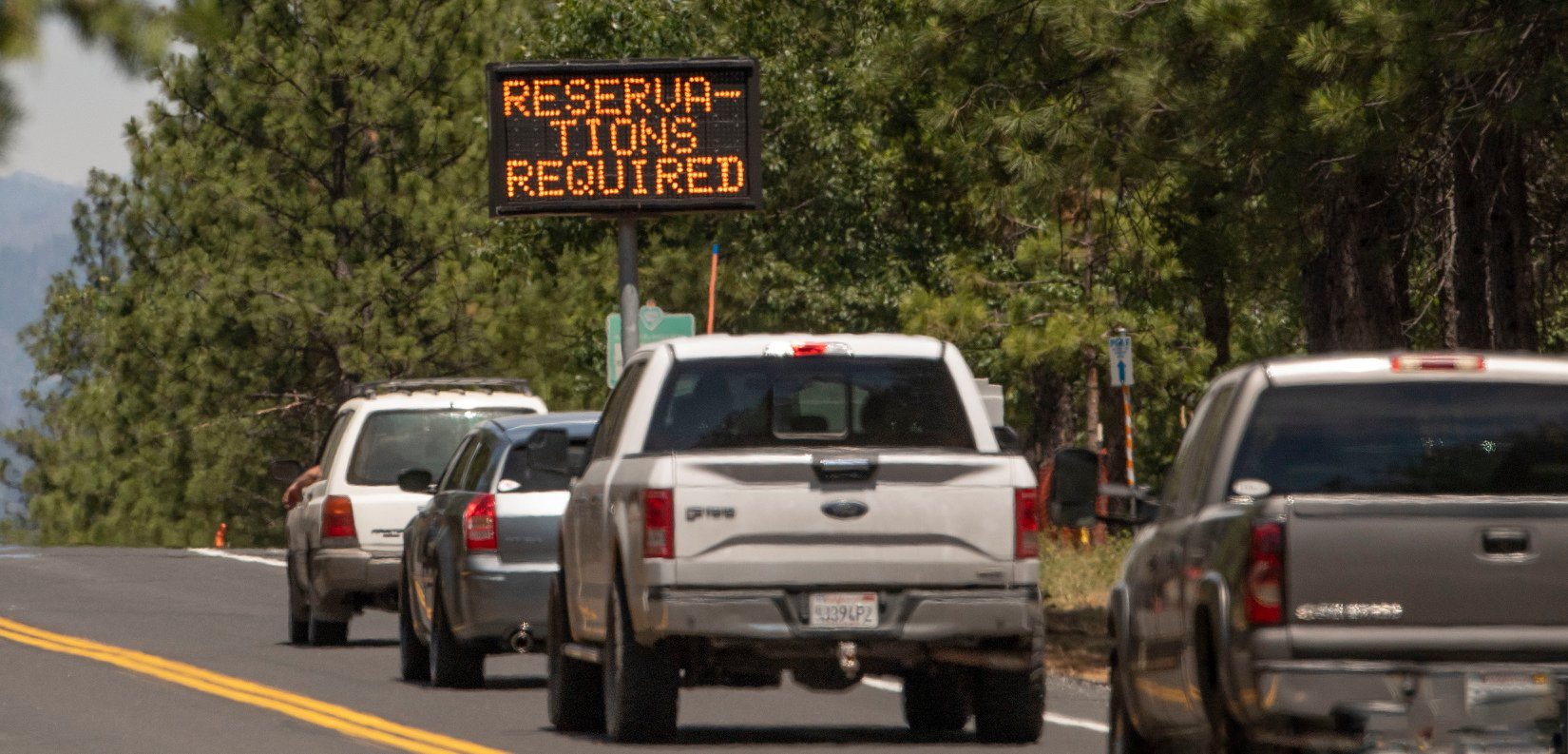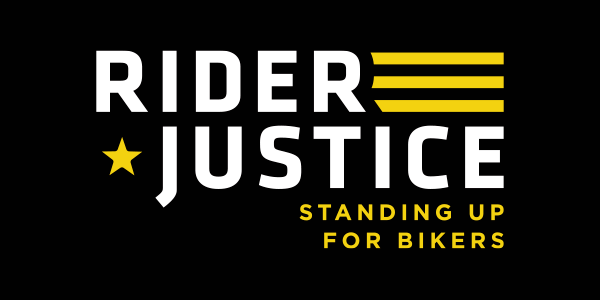
The Mount Evans Road from Echo Lake to the summit of the prominent Front Range fourteener is scheduled to open for the summer today, but there is a glitch: The website that was supposed to begin taking reservations this week hasn’t been cooperating.
“The reservation system failed to launch Wednesday morning,” said Reid Armstrong, public affairs specialist for the Arapaho and Roosevelt National Forests. “A new launch time will be announced this afternoon in advance of the actual relaunch.”

Reservations are being required this year at Mount Evans for the first time as a strategy to manage traffic load on the 14-mile road, which climbs more than 3,600 feet in elevation. Recreation.gov is the site where visitors make reservations for Mount Evans, Brainard Lake and Rocky Mountain National Park. Brainard Lake is scheduled to open June 11, weather permitting.

Mount Evans, the highest paved road in North America, is a popular summer tourist destination. CDOT crews began clearing snow May 17, and they had to re-plow this week because the mountain received significant snow over the weekend, but CDOT says the road will open on Friday unless it receives more snow.
Before you venture out on your next road trip that will take thru State and National Parks, be sure to check to see if they require reservations.
These National Parks Will Require Reservations This Summer
While there are more than 400 national park sites (monuments, seashores, recreation areas, and memorials), only 63 of them are designated as national parks and require entrance fees. All of these 63 major parks—think Yellowstone, Acadia, and the Grand Canyon—will continue charging those $20–$35 park entrance fees upon arrival, even if you don’t have to make a timed reservation to access the park. If you’re planning to visit more than one national park this summer, consider purchasing an America the Beautiful pass for $80, which covers a year’s worth of entry fees for a single vehicle (at parks that charge per-car fees), or up to four adults where fees are charged per person.
Here, we’ve rounded up the parks that will require a little extra planning to visit this summer, thanks to new reservation systems, with all the details you need for a seamless visit.

Rocky Mountain National Park, Colorado
This park about 1.5 hours north of Denver saw 3.3 million visitors last year, despite a two-month-long closure in the spring. To prevent overcrowding, the park is instituting a two-prong reservation system for all visitors this summer, in effect between May 28 and October 11.

Here’s how the Rocky Mountain National Park reservations will work: If you’d like to visit the Bear Lake Corridor, one of the most popular spots in the park, you’ll have to make a reservation for a two-hour window between 5 a.m. MT and 6 p.m. MT.
You’ll be able to access Bear Lake and its surrounding trails, as well as the rest of the park, and can continue exploring after of your two-hour entry window. If you’re more interested in other areas at Rocky Mountain and plan to skip Bear Lake and its surrounds, you can get a separate reservation for two-hour timed slots between 9 a.m. MT and 3 p.m. MT. Though you will have to enter during your two-hour window, you can stay in the park beyond when it ends.

Glacier National Park, Montana
Traversing the 50-mile Going-to-the-Sun Road is one of the most scenic drives in Glacier National Park, with tons of lookout points to spot bighorn sheep, waterfalls, and more, as well as trails and campgrounds. This year, driving the road—which takes about two hours without stopping—will require an advance reservation, though the rest of the park will not.

Those entering the park at either the West Glacier or St. Mary’s entrances (which bookend the road) between May 28 and September 6 will need $2 day-use tickets, which can be purchased on recreation.gov. Summer tickets will be released up to 60 days in advance starting April 28, with a quarter of the ticket released two days in advance. Those traveling both along this road or through the rest of the park will need to pay the $35 vehicle entrance fee as well. You can find more details about the reservation system and fees on the park’s site.

Yosemite National Park, California
Last year, Yosemite required reservations ahead of time and capped entry at 50 percent capacity, leaving the park’s usually crowded trails and parking lots surprisingly empty. “We might never get the chance to see Yosemite this way again in our lifetimes,” longtime park ranger Scott Gediman said last September. This summer, the park will still require reservations but you can expect a few more people, since reservations are being offered to between 50 and 90 percent capacity, depending on COVID-19 data, according to Thrillist.

The $37 vehicle reservations are valid for three consecutive days of entry and go on sale throughout April and May. (Like at Rocky Mountain, if you have an annual pass, you’ll still need a reservation but only have to pay the $2 processing fee.) The first batch of reservations for May 21 to June 30 are available on recreation.gov starting April 21 at 8 a.m. PT. The full calendar of when reservations go live can be found on Yosemite’s site. As the National Park Service notes, “reservations are taken almost immediately,” so be prepared with a recreation.gov account and be logged in ahead of time. If you miss out, note that a very small amount of reservations open on the site at 8 a.m. PT seven days in advance.

Zion National Park, Utah
Like at Acadia and Glacier, certain parts of Zion require reservations while others do not. This summer, the upper Zion Canyon and the Scenic Drive are both closed to cars and you’ll need a reservation on the park’s socially distanced shuttle service to access sights like the Emerald Pools, West Rim Trail, and Angels Landing. Shuttle tickets are just $1 and are released twice a month, on the 16th and the last day of the month, and you can find the full calendar of when tickets are released on Zion’s site. Like everywhere else, you can purchase tickets on recreation.gov, which will allow you to buy up to eight at a time. Once you’ve snagged a ticket, you can board a shuttle at the main visitor center within your ticket’s one-hour window and then can treat the shuttle like a hop-on, hop-off bus for the rest of the day.

If you can’t get a ticket on the 16th or the last day of the month, you can find tickets online one day in advance at 5 p.m. MT. A limited amount of first come, first served shuttle tickets are also available at the visitor center between 2 p.m. and 4 p.m. daily.

Visitors who aren’t interested in the shuttle stops can rock up to the park to pay the $35 vehicle entry fee upon arrival, and can explore the trails around the visitor center, as well as hikes along the Zion-Mount Carmel Highway and Kolob Terrace Road, for seven consecutive days.






